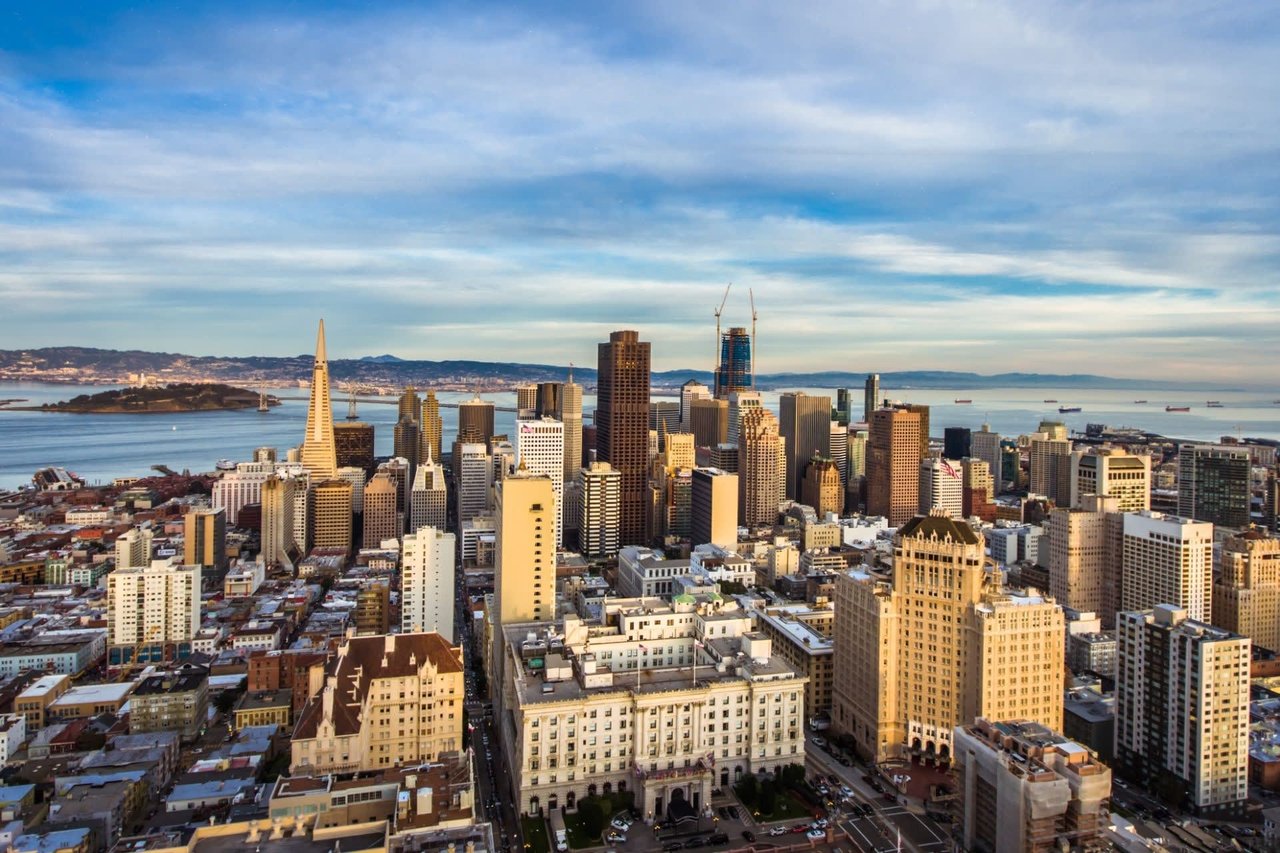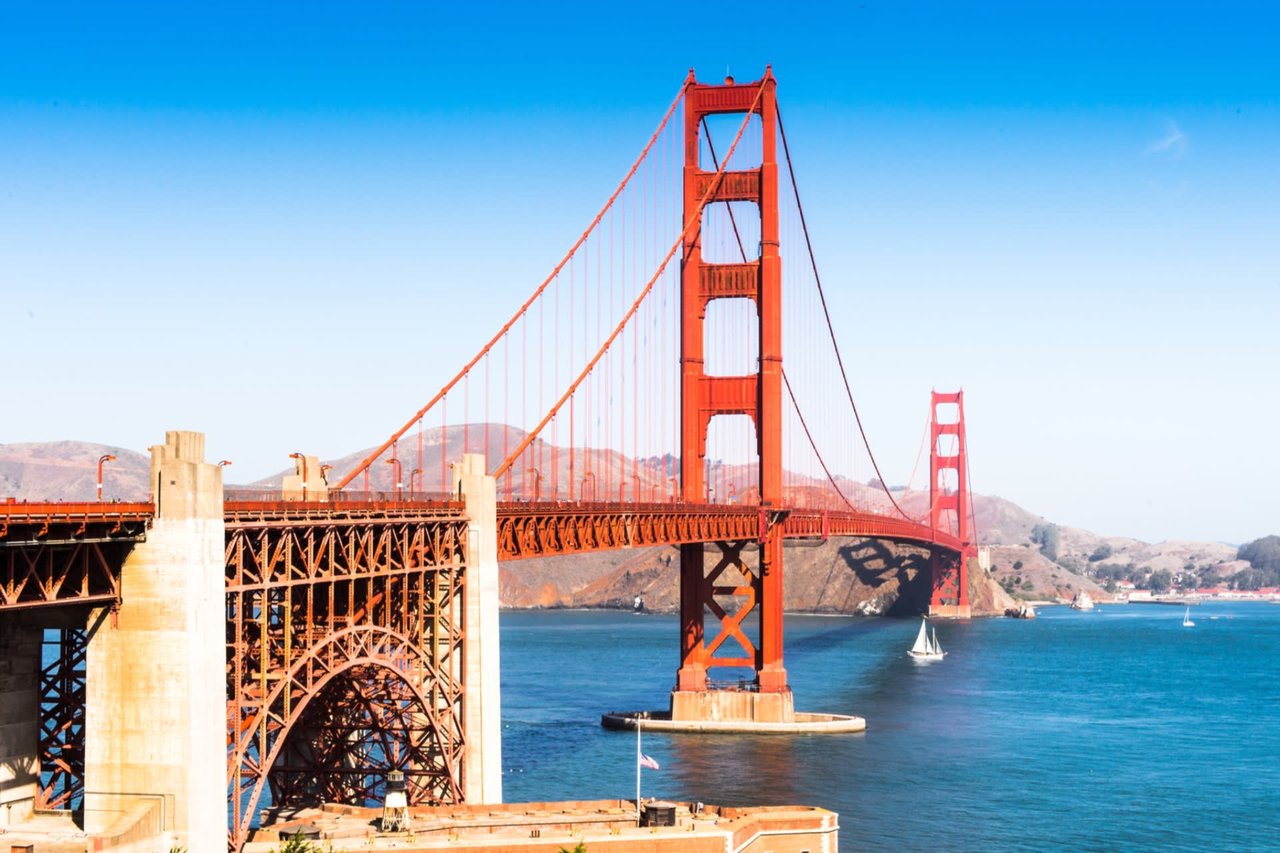Like many others over the past three years, San Francisco’s real estate market has been something of a rollercoaster since the advent of the Covid-19 pandemic.
Never a dull marketplace for buyers, sellers, and investors in normal times, the pandemic set off a two-plus-year run unlike any in recent memory. Features included historically low interest rates, historically high home prices, and an unpredictable marketplace, not just year over year but month to month and, in some instances, week to week.
At the end of both 2020 and 2021, there were promises of a stabilizing market. Even mid-year adjustments indicated that the market would eventually cool, forcing sellers to dial back record-setting asking prices and providing buyers with much-needed relief. In every instance, the San Francisco housing market failed to comply.
So what about 2023?
Will sellers continue to reap the benefits of limited supply and steady, if somewhat diminishing, demand? Or will buyers finally have the upper hand with higher interest rates, price corrections, and greater availability versus the unfettered seller's market of the prior 36 months?
Whatever happens, it's guaranteed to once again be anything but boring as we explore how to invest in San Francisco real estate in 2023.
San Francisco housing market today
The San Francisco housing market is in a state of flux.
Over the past three years, prices across the city skyrocketed. Home values rose by as much as 25% in some areas during the pandemic. Those increases were consistent with the pandemic-driven real estate boom in other parts of the country. However, San Francisco, where real estate was already notoriously expensive thanks to geography, zoning, and a nearly 30-year unbeaten streak of endless demand, saw home values reach all-time highs.
Today, however, a different marketplace is beginning to take shape. Year over year, home prices are down 6.7%, with overall sales dropping by 38%.
Home prices will more than likely keep falling throughout 2023.
The catch, of course, is that with prices reaching once unheard-of highs — the current median price for a San Francisco home is $1.4 million — there's a long way to go before they fall to more manageable levels and we see genuine market balance.
While some home buyers and property investors might balk at the city's ongoing volatility and current uncertainty, it's actually a perfect time to embrace some of the chaos. After years of gains, declining sales and lower prices reflect a transition from the pandemic produce buying boom.
The supply of inventory is up to nearly four months. A considerable improvement from the month and a half supply of a year ago (a balanced market occurs when inventory reaches five to six months' supply).
Listings are up year over year, which is a bright spot for buyers. Though, as a sign of the times, many sellers are taking their active listings off the market to recalibrate for early 2023.
No longer beholden to a marketplace where sellers could effectively ask for and get whatever price they wanted, buyers are seeing more opportunities. However, it remains prudent to proceed with caution.
Expanding buying power
2023 will not see the same perceived buying power as those seeking out property at the end of 2020. At that time, increasing prices were buoyed by interest rates at all-time lows. However, the competition was so fierce and supply so low it was nearly impossible for most buyers to take advantage of the cheap mortgages.
Now, however, although interest rates are higher (though more in line with historical norms), some balance is returning to the market. Those seeking homes and investments look at 2023 with guarded optimism for two reasons.
First, the increased rates shut the door on demand early in 2022. And it remained that way with each subsequent rate increase by the Federal Reserve. But as those moves severely cut into home shopper and investor buying power, it also limited the options for sellers. Those driven primarily by a need to sell as soon as possible choose to discount their active listing. In some cases, they are doing so by quite a bit. The impact of lessening demand may carry deep into 2023, if not beyond.
Next, after hitting a 20-year high in October 2022, the rate for a 30-year fixed-rate mortgage declined for four consecutive weeks. Yes, it's a far cry from the 3.07% rate of a year ago (and the 2.77% rate at the end of 2020), but it does allow buyers to hope that in 2023, they’ll have a rare advantage on two fronts — lower mortgage rates and falling home prices.
How to invest in 2023
Heading into 2023, the big question remains, “should you invest in San Francisco?” And if so, how should you do it?
Even in the best of markets, investing proves a tricky proposition. Successful purchases and long-term success is as much about the individual buyer, the property, and what the former does with the latter as it is the machinations of the marketplace.
In the current climate, a foundation for success starts with knowing where to look. In past years, real estate investing began and ended with San Francisco's ritziest, most popular neighborhoods. Cow Hollow, the Marina District, Pacific Heights, Presidio Heights, and Russian Hill — all household names. Even those who've never set foot in the city understand the reputation these areas carry. More recently, up-and-coming Mission Bay and family favorite Noe Valley were the latest hot spots to see their popularity rise and real estate appreciate.
But with more than 36 officially established neighborhoods (and numerous other smaller enclaves that can push that total beyond 75), opportunity abounds, even in places you may not have heard of.
Topping the list is a collection of neighborhoods on the western edge of the San Francisco peninsula — Inner Sunset, Outer Sunset, and Parkside.
Both Inner and Outer Sunset share northern boundaries with the 1,000-acre Golden Gate Park. Outer Sunset's western edge overlooks the Pacific Ocean with direct access to the three-and-a-half-mile-long Ocean Beach. The Parkside neighborhood is a hidden gem to the south of Outer Sunset. So too, is Golden Gate Heights, immediately northeast of Parkside.
A mix of urban-suburban aesthetics, simply glancing at the map reveals how these undervalued areas were overlooked in the past. Tucked away behind 900-foot Mt. Sutro, they represent some of San Francisco's safest, most bucolic communities.
They are also some of the most affordable.
None of the five primary neighborhoods have a median sales price above $2 million. Compare that to the aforementioned high-profile neighborhoods where the median sales price hovers around $3 million and goes up from there.
The biggest takeaway is that there remains room for appreciation within the city's western communities. In contrast, the glossier spots may soon reach a tipping point. For investors, there is a considerable upside, especially as all-time high rents start pricing people out of the northeastern sections of the city.
Buyers looking for a permanent residence may have to adjust some exceptions of not living in the city's heart. However, the incredible value, access to the outdoors, and great shopping and dining help guard against any cost of living increases in the future.
Find your next opportunity
Are you a buyer searching for your next forever home? Or a deal-seeking investor wanting to make the most of current opportunities? Wherever you find yourself in your real estate journey, where to invest is only one part of the equation. It also matters who you partner with to ensure you find that perfect investment.
If you're ready to start your home or property search and explore potential deals throughout the neighborhoods of San Francisco, contact Thomas Nguyen today.
Specializing in both residential and commercial properties, as well as investment opportunities in short- and long-term housing, Thomas' Bay Area experience and expertise can be your guide as you navigate through San Francisco's luxury real estate market.



